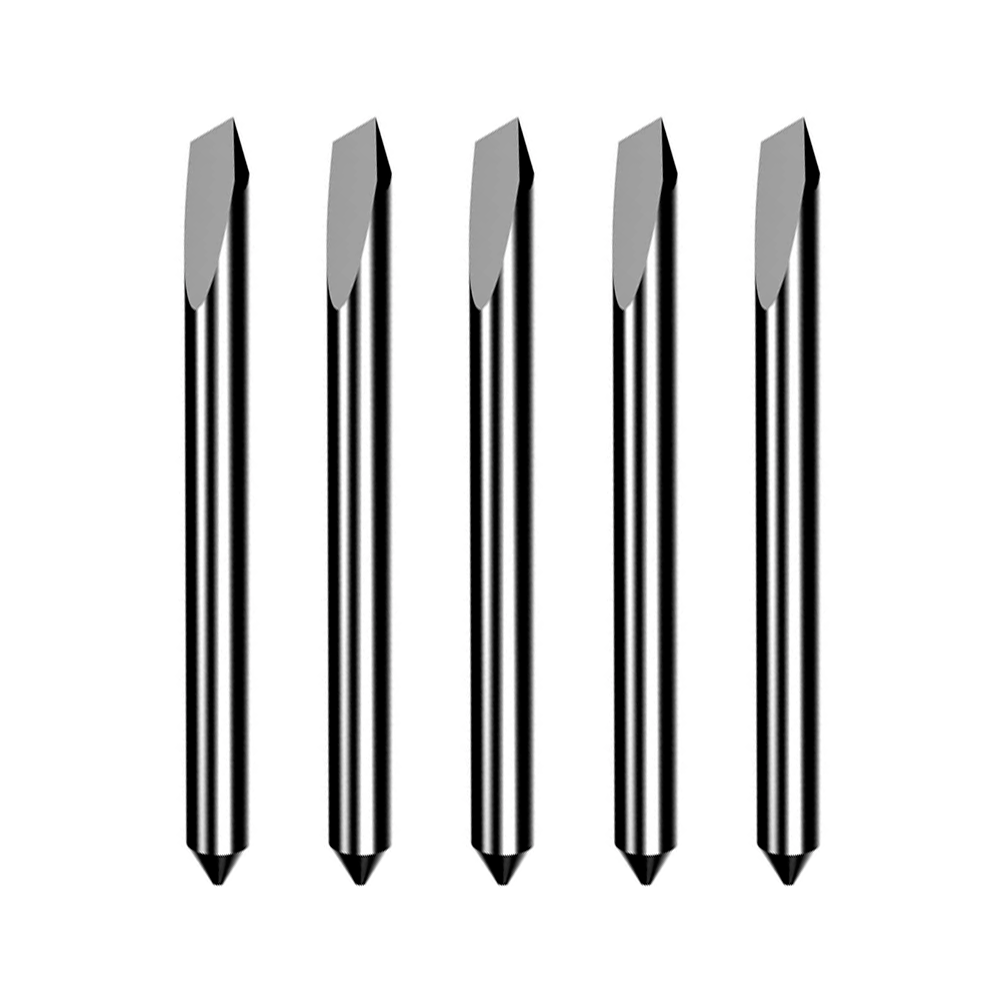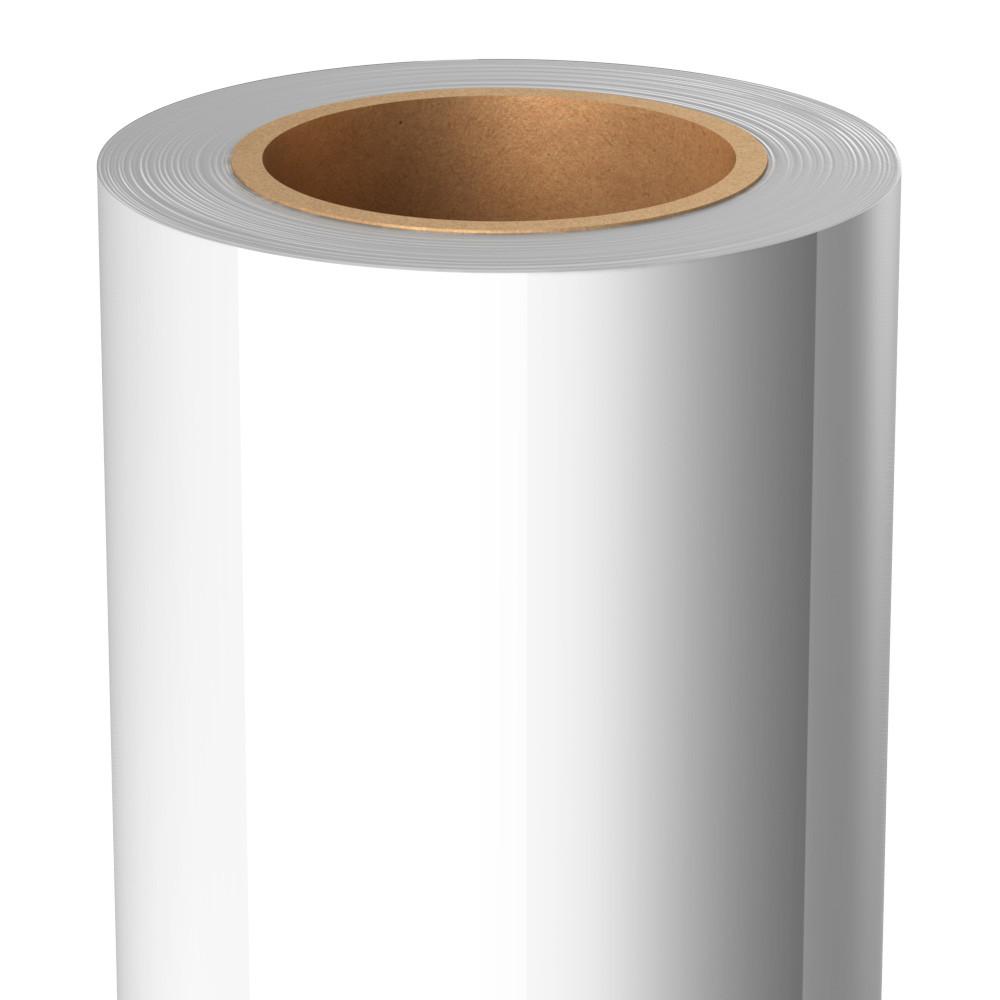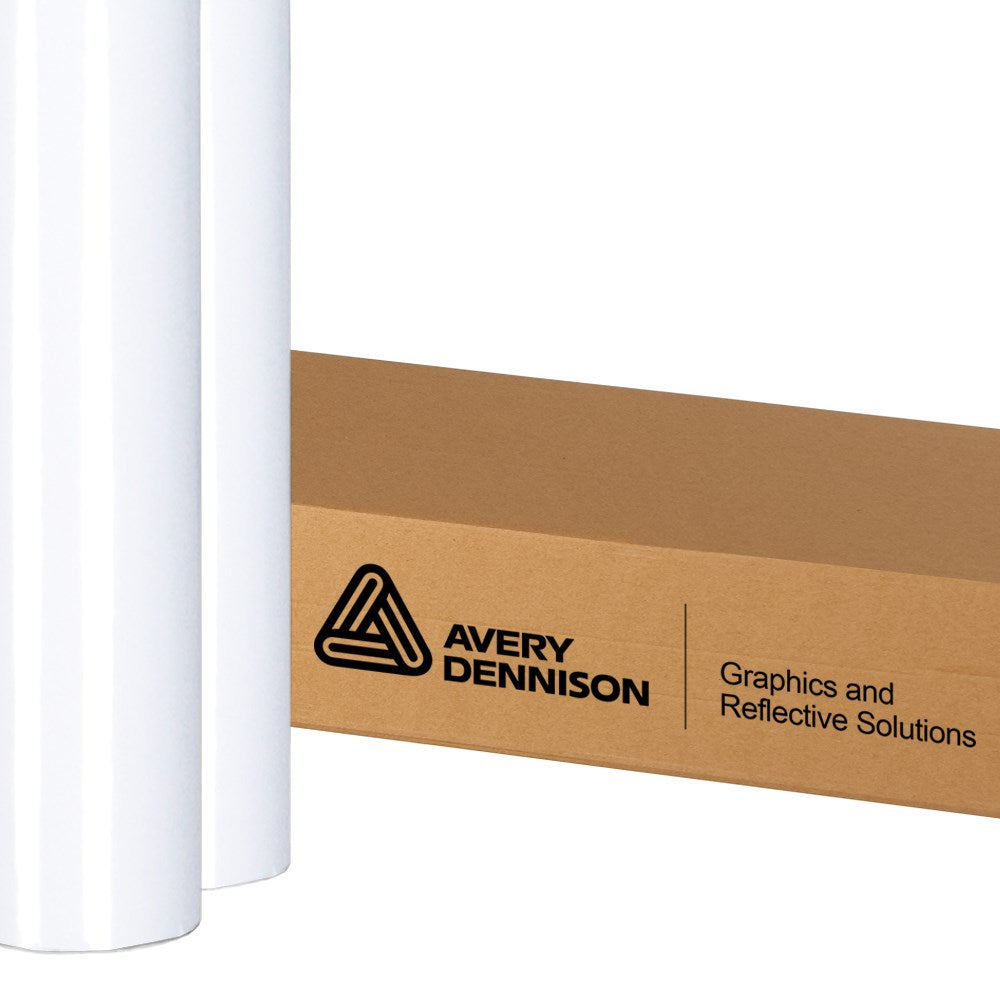When it comes to large-format sign printing, there are numerous types of prints based on the material used. Some of the most notable materials used include paper, fabrics, textiles, substrates, and even wood, metal, and other rigid substrates.
Vinyl printing techniques encompass a variety of methods tailored to the unique properties of vinyl material. Among these techniques, direct printing and heat transfer printing stand out as popular choices. Direct printing involves the application of ink directly onto the vinyl surface, resulting in vibrant colors and sharp details.
On the other hand, heat transfer printing utilizes heat to transfer printed designs onto vinyl sheets or garments, offering flexibility in creating customized apparel and signage. Each technique offers its own set of advantages, allowing businesses to select the method best suited to their specific needs and applications.
Why Companies Print on Vinyl
Printing images on vinyl makes the colors and graphics brighter and more defined. This results in the image standing out and making a stronger impact on viewers. Vinyl is also a durable material and will likely last far longer when compared to paper, which makes it ideal for posters and banners.
The Material Lasts a Long Time
Vinyl is durable, which means that images that are made within the vinyl material can withstand a wide variety of different conditions. Additionally, each company has the opportunity of using waterproof UV-resistant vinyl as a means of preventing damage from rain, the sun, or wind.
Vinyl Can Be Printed in Different Shapes and Sizes
Vinyl is versatile–it can be cut to any shape or size the business owner wants. This means they can let their imagination run wild.
Vinyl Is Convenient
Typically, whenever someone uses a canvas or a mounted board, it is difficult to move from one location to another. However, when it is printed in vinyl, the material is easy to move around and reuse.
Vinyl Can Be Used Anywhere
One of the key selling factors behind vinyl is that it is versatile and can be reused for multiple situations. This means the marketing budget does not need to be drained, even in extreme scenarios, and old posters do not need to be kept in storage–this can be especially handy when using a large-format sign printer.
Printing in Vinyl Can Help Minimize Waste
Vinyl is excellent for workplaces that are planning to keep the planet green. Multiple designs can be printed on the same sheet of vinyl, which can minimize waste and lead to reduced costs.
Choosing the Best Printer for Printable Vinyl
The key to printing in vinyl is to utilize a high-quality printer that can handle the thickness of vinyl and has a high resolution for producing crisp and clear materials. Additionally, the large-format printer will need to use the right ink, specifically designed for printing vinyl.
There are different types of printers that are well-suited for printing on vinyl, including wide-format inkjet printers, solvent printers, and UV-cured inkjet printers. Of course, it’s important to learn how to operate a large-format printing machine so you can take full advantage of its capabilities.
Moving Forward With Vinyl Printing
Vinyl can be a powerful resource when it comes to printing for a business. There is a wide variety of printers out there that are suitable for using it, and it is up to the business to determine which one is right for them.
Inkjet printers, for example, result in higher-resolution printing and results that are less likely to fade over time. Laser printers can be more affordable to maintain and can print at a faster speed, but they produce lower-quality prints.





